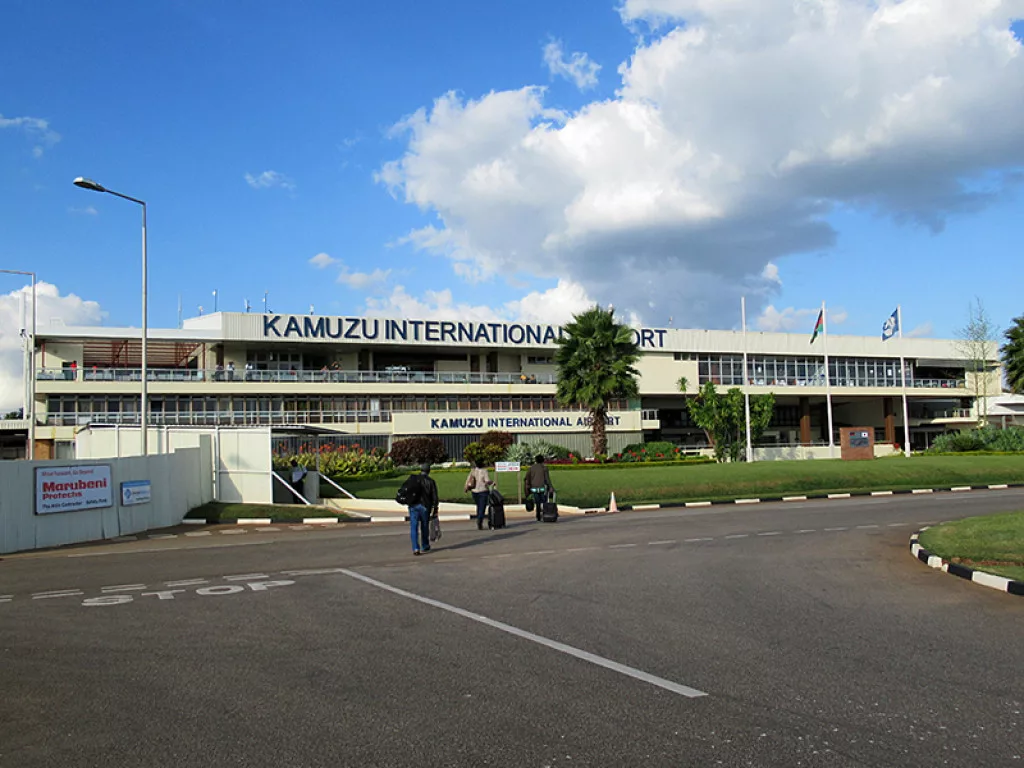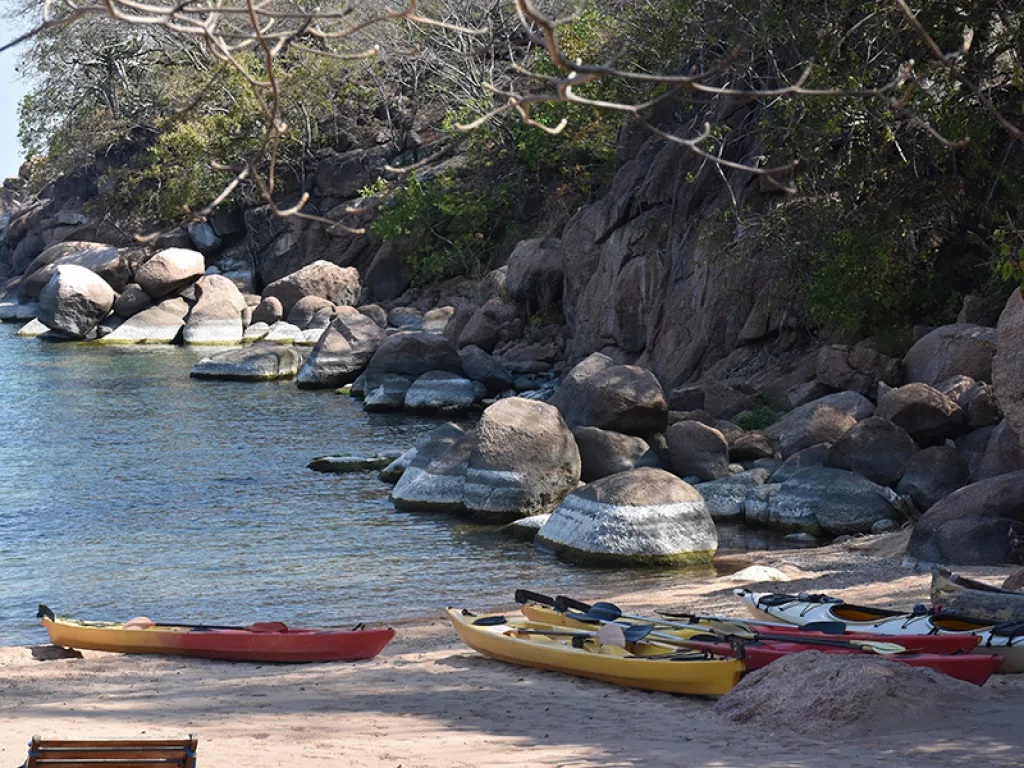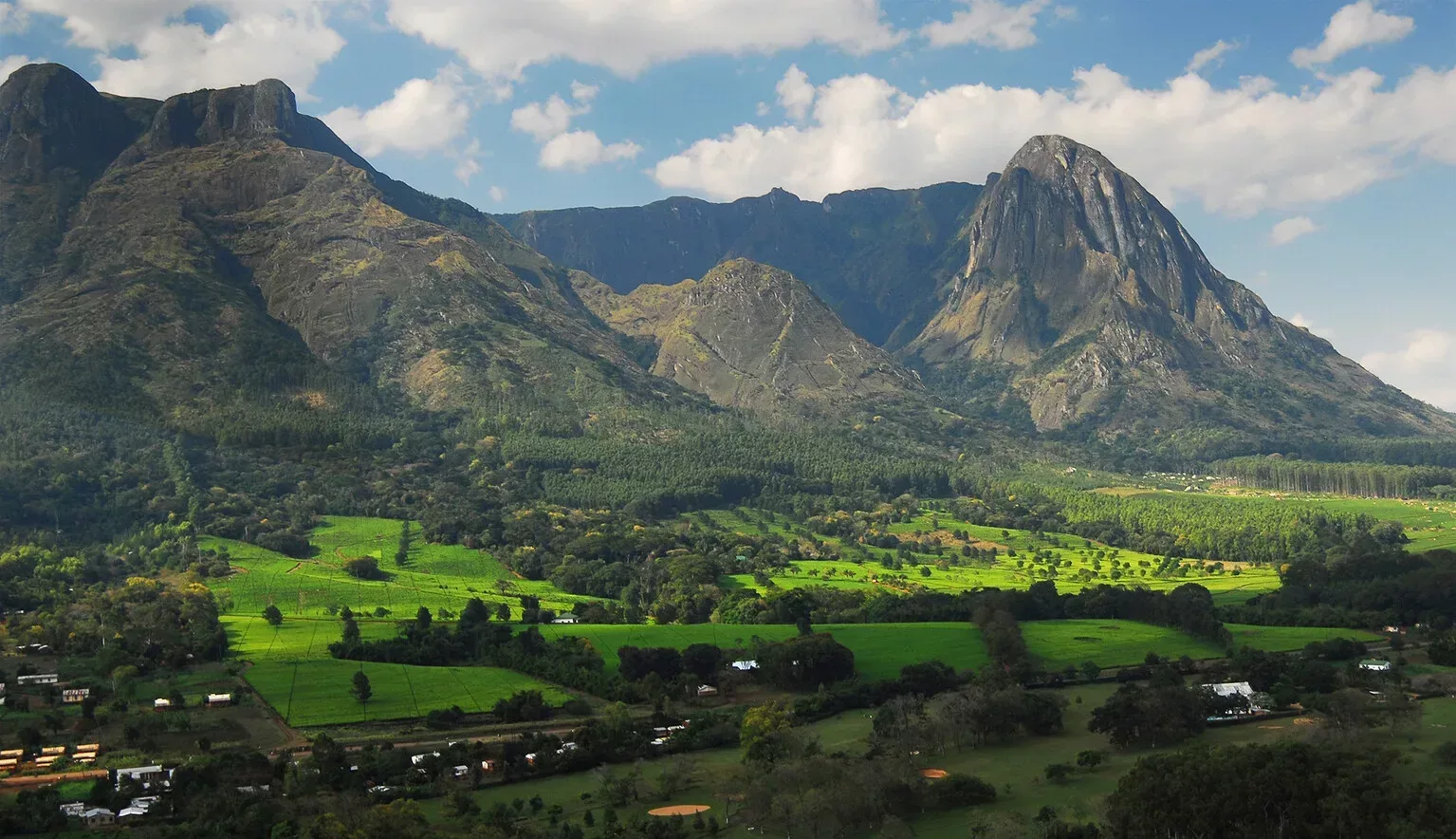From bush to beach, overlooked Malawi offers a diverse and unforgettable taste of the wonders of Africa.
MALAWI
Recently recognised by Lonely Planet as one of the Top 10 Best Places to Travel in 2022, Malawi is emerging from the woodwork as a destination of choice in Africa. Traditionally dwarfed by neighbouring Zambia, Tanzania, Mozambique and Botswana, the dynamic is now shifting towards this small landlocked country. One taste of Malawi’s delights, and you’ll find it hard to believe that this is one of Southern Africa’s least visited countries.
Despite its diminutive size, Malawi is vast in its offering to travellers; from the towering highlands of the Great Rift Valley to the sparkling waters of Africa’s third largest lake and rolling swathes of tea plantations. Above all, Malawi is earning its right as a worthwhile safari destination. This is largely thanks to major wildlife conservation efforts in recent years as both government and non-governmental organisations (NGOs) seek to revitalise the country’s national parks, as seen with the lion reintroduction programme underway at the Majete Wildlife Reserve. Off land, the ‘Lake of Stars’ covers one-fifth of the country and is a magnet for water sports lovers looking for a beach-style escape lounging on its sandy shores. Head to another famous waterway in the country’s south, and a boat safari voyage along the Shire River promises glimpses of hippos and elephants dousing themselves in the cool waters. Aside from its sheer natural splendour, this is a land famous for the welcoming and hospitable nature of its people. A haven for diversity ideal for any intrepid traveller, mass tourism is yet to get fully underway in Malawi, so there really is no time like the present.
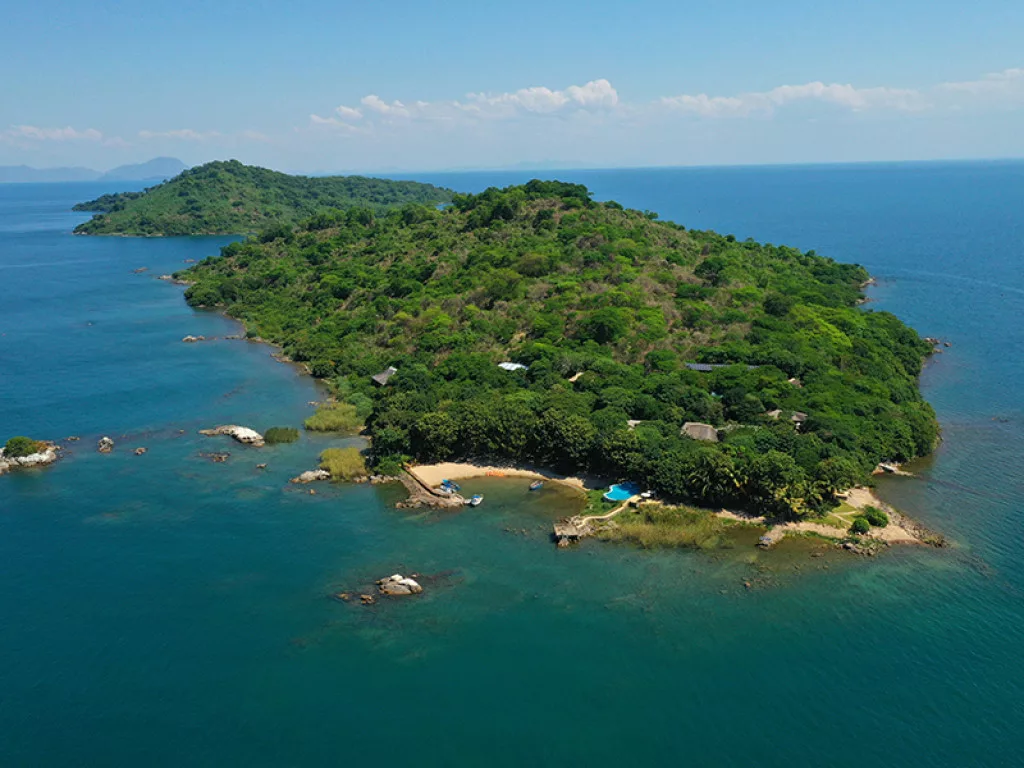
TOURISM INSIGHTS: MALAWI TOURISM
A trusted voice to guide anyone interested in visiting Malawi, we speak with Malawi Tourism as the country expands its efforts in the sustainable travel market and seeks to grow its tourist product offering to encourage visitors to stay longer. Deputy Director of Tourism and Marketing, Sosten Yobe Lingwalanya, tells us more.
Q&A WITH SOSTEN YOBE LINGWALANYA, DEPUTY DIRECTOR OF TOURISM & MARKETING, MALAWI TOURISM
Can you talk me through the origins of Malawi Tourism and its initial vision?
Sosten Yobe Lingwalanya, Deputy Director of Tourism & Marketing (SYL): The tourism industry in Malawi has significantly grown since the mid-1970s, and the Malawian government is attempting to expand it further. The tourism industry was, however, significantly affected in the 1980s by an economic recession in South Africa where most Malawian tourists were coming from. Our vision is to make Malawi a sustainable tourism destination that professionally manages and actively conserves its natural and cultural heritage through vibrant collaborations with communities, businesses, and government.
What are your organisation’s current goals?
SYL: Our goals are as follows:
- Double the total aggregate number of visitors coming from key markets in Europe, North America, South Africa and Asia (including China and India).
- Increase the contribution of tourism to GDP.
- Add 10,000 tourism-benefitted direct and indirect jobs.
- Increase average annual occupancy rates of licensed accommodations by 10 percent to 63 percent.
- Increase the average length of stay from current 7.6 nights by one day through the introduction of more tourist activities.
How do you market Malawi as both a business and leisure travel destination?
SYL: We conduct various marketing campaigns based on our major tourism products, all of which are affordable for medium spend tourists. These include wildlife, water, landscape, and cultural experiences.
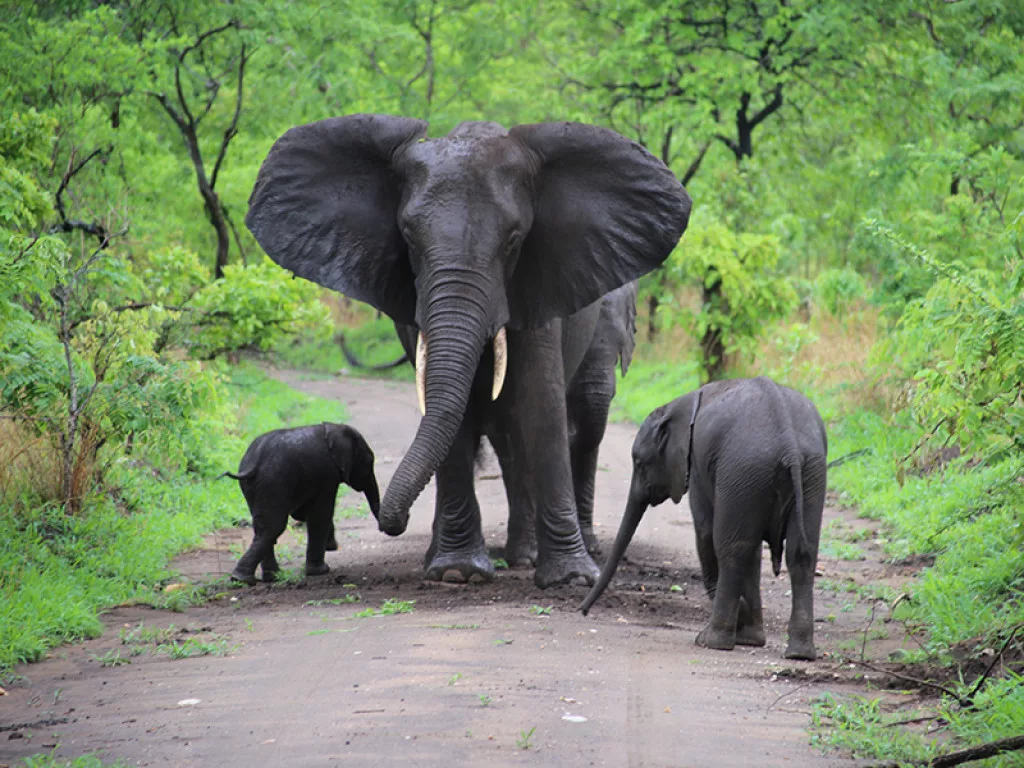
What trends are currently reshaping tourism in Malawi and how are you utilising them?
SYL: We have noticed a rise in domestic tourism after the COVID-19 pandemic led to the closure of international borders. The Department of Tourism has even developed a domestic tourism strategy to fully utilise this growing trend, launching several campaigns including radio programmes to encourage people to travel internally.
Religious tourism is another big trend here that has been picking up recently, as a number of international delegates primarily from African countries come to Malawi to congregate with fellow faithfuls.
How is environmental sustainability transforming Malawi’s tourism industry?
SYL: Conservation efforts to sustain our environment are having a significant impact on the transformation of our tourism industry. A great example includes the work being done by African Parks to conserve our National Parks. Many of these, including Liwonde, Nkhotakota and Kasungu National Parks were under encroachment and suffered from high levels of poaching. Thanks to these conservation efforts, tourists can now ably visit these areas and witness the many different species of wildlife that were previously diminished. In the same vein, due to such efforts Malawi was voted by Lonely Planet as one of the Top 10 countries to visit in 2022.
Are you optimistic about the future of the tourism industry in Malawi?
SYL: There is definitely optimism throughout the industry. Like many other destinations, Malawi is taking the necessary steps to make sure that we recover well from the impacts of COVID-19. Necessary actions are being taken to make sure that despite the pandemic, international tourists continue to visit, and domestic travellers can move about the country with ease. We are working to increase awareness about our destination and coming up with new products that will entice future tourists. This will include various marketing campaigns to increase domestic tourism. But also, we intend to tap into more niche markets within sustainable travel, including birding, hiking, and many others.
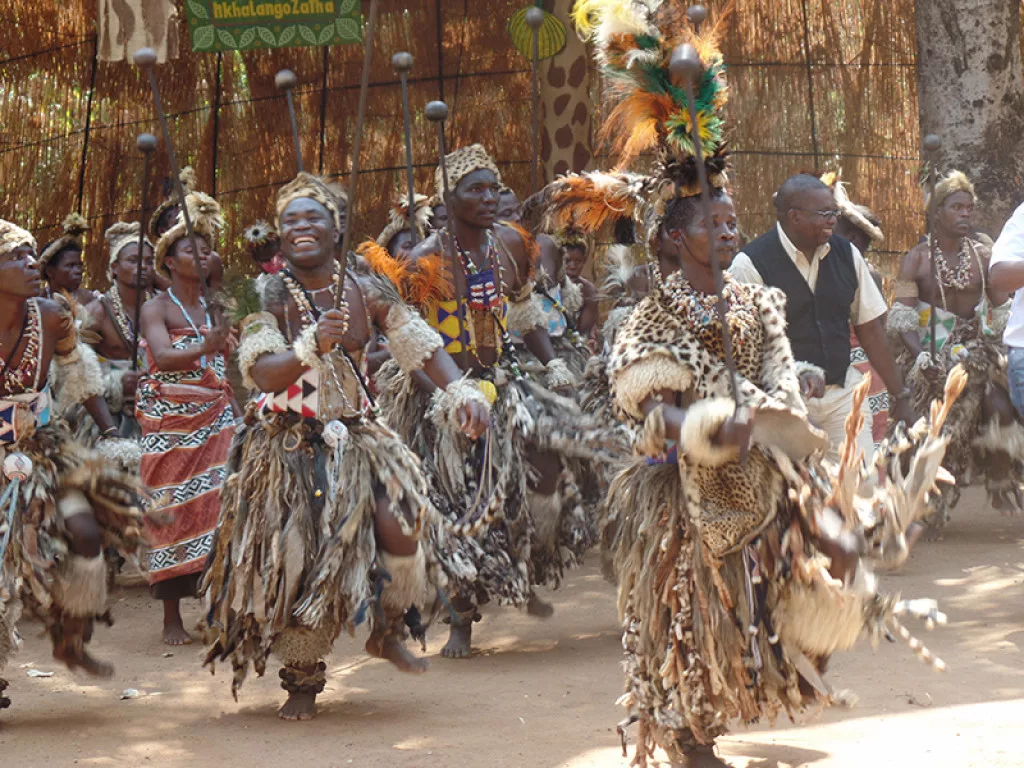
OUTLOOK RECOMMENDS
For a responsible retreat in the wilderness…
For lakeside luxury…
For a bohemian beach hideaway…
Kaya Mawa – meaning “Maybe Tomorrow” – is one of Africa’s best-loved secret beach hideaways and part of the illustrious Green Safaris’ portfolio, where a passion for sustainable tourism is at the heart of the company and informs all its operations.
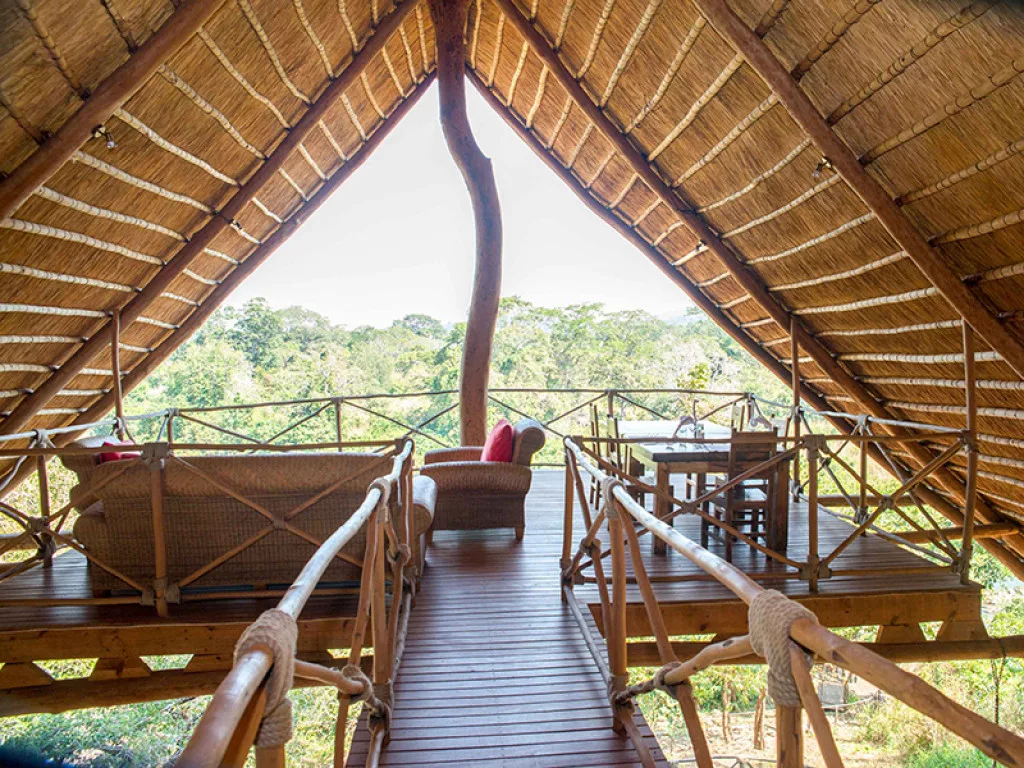
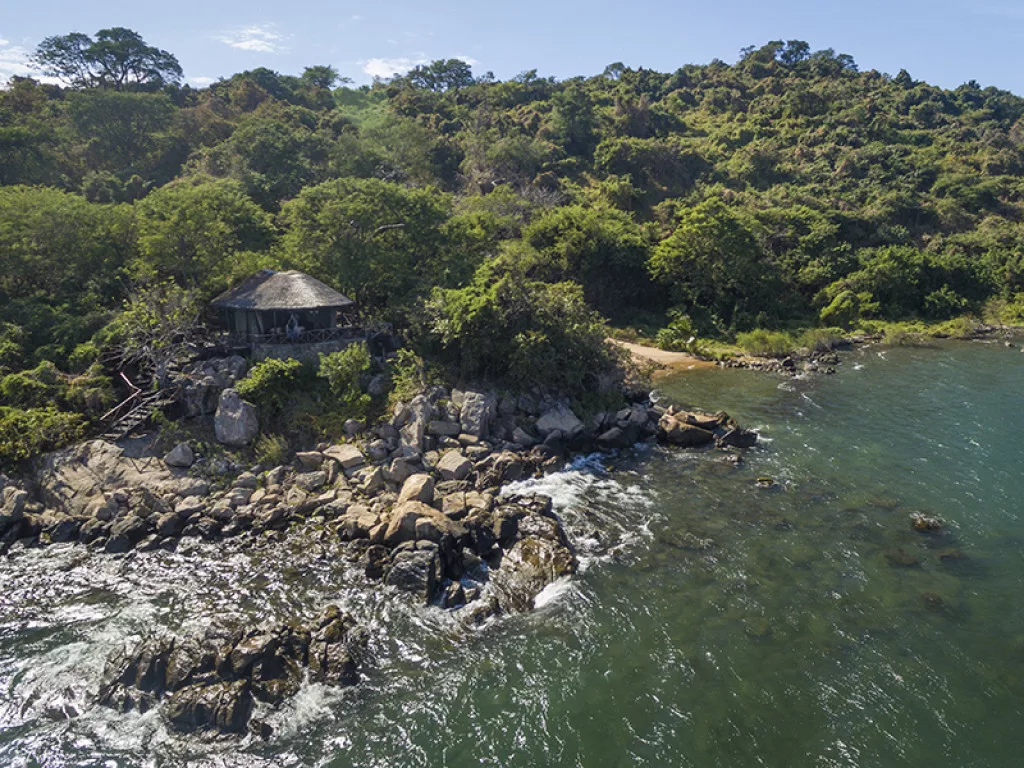
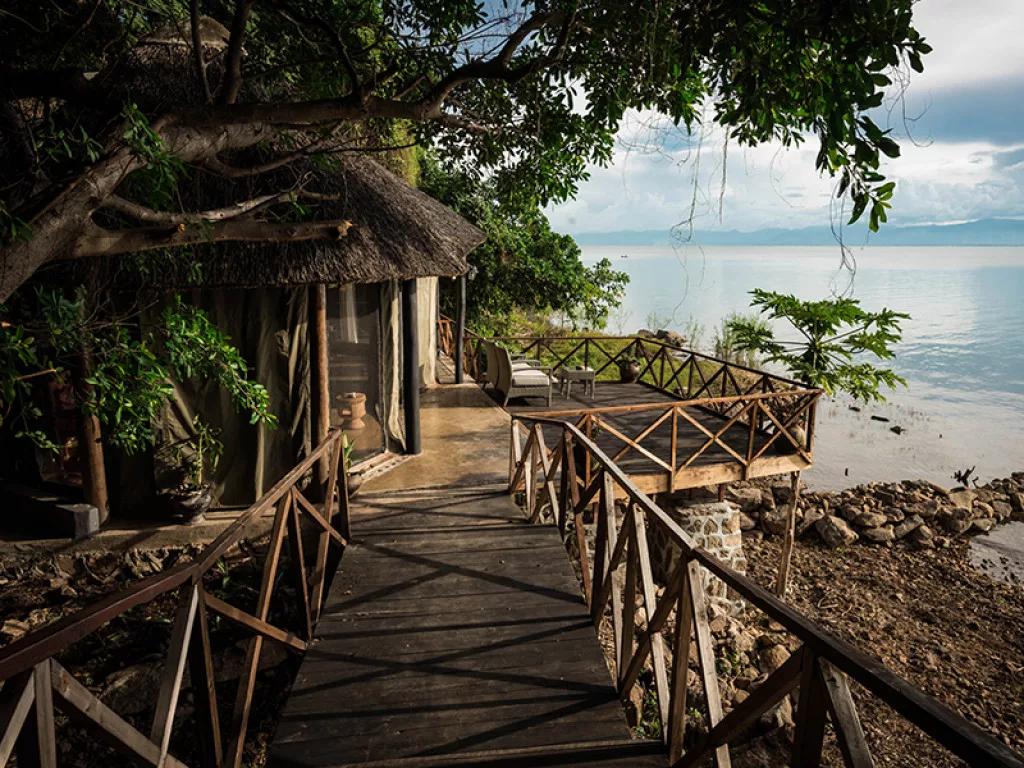
LILONGWE IN FOCUS
The capital and most-populous city in Malawi takes its name from the river that carves its route through Lilongwe. Lilongwe is typically overlooked as nothing more than a stopover for most visitors to the country, however at least two nights here will expose you to a sprawling and vibrant city.
After a hike up Nhkhoma Mountain, survey the city from this summit and you will see the distinct separation of the Old Town in the south, and the New Town to the north, so named after Lilongwe took over from Zomba as the official capital of Malawi in 1975.
Separating these two downtown areas is a forest of green, spread across the very heart of the city’s centre. One of Lilongwe’s most worthwhile attractions, here you will find Malawi’s only wildlife sanctuary. The Lilongwe Wildlife Centre is an animal rehabilitation centre dedicated to helping injured and rescued animals before they are eventually returned to the wild. Visitors can even volunteer and learn about caring techniques for the resident fauna, including crocodiles, monkeys and lions.
Elsewhere, souvenir hunters will enjoy the city’s eclectic markets such as the Kanelolo Curios Market, which makes for a great way to spend an afternoon. Lilongwe also hosts a reputed selection of eateries and restaurants for dining out in the evening, most of which can be found in the Old Town. Be sure to spend some time in this underrated capital before venturing out to the wilderness of Lake Malawi and beyond.
LANDMARK ATTRACTIONS
Lake Malawi
Covering a fifth of the country, this vast body of water is the closest thing that landlocked Malawi has to a beach destination. Known as ‘the Lake of Stars’, thanks to the breathtaking reflection of the night sky on its waters, this freshwater national park is home to authentic wooden lodges nestled along its shores, offering diving, snorkelling, and sailing.
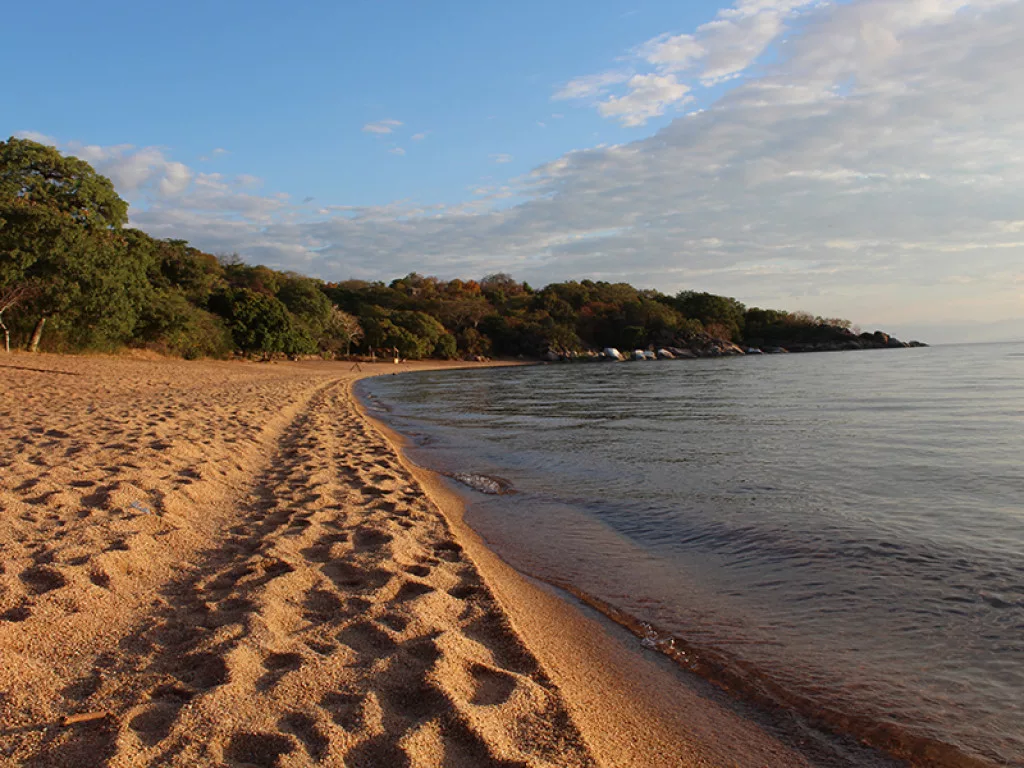
Liwonde National Park
Malawi is still developing its reputation as a safari destination, so a visit to Liwonde offers a chance to observe big game away from the masses. Keep your eyes peeled for hippos, elephants, rhinos, buffalos, and if you’re lucky, perhaps a leopard. Take a game drive, a bush walk, or an increasingly popular boat safari along the Shire River for an authentic wildlife experience.
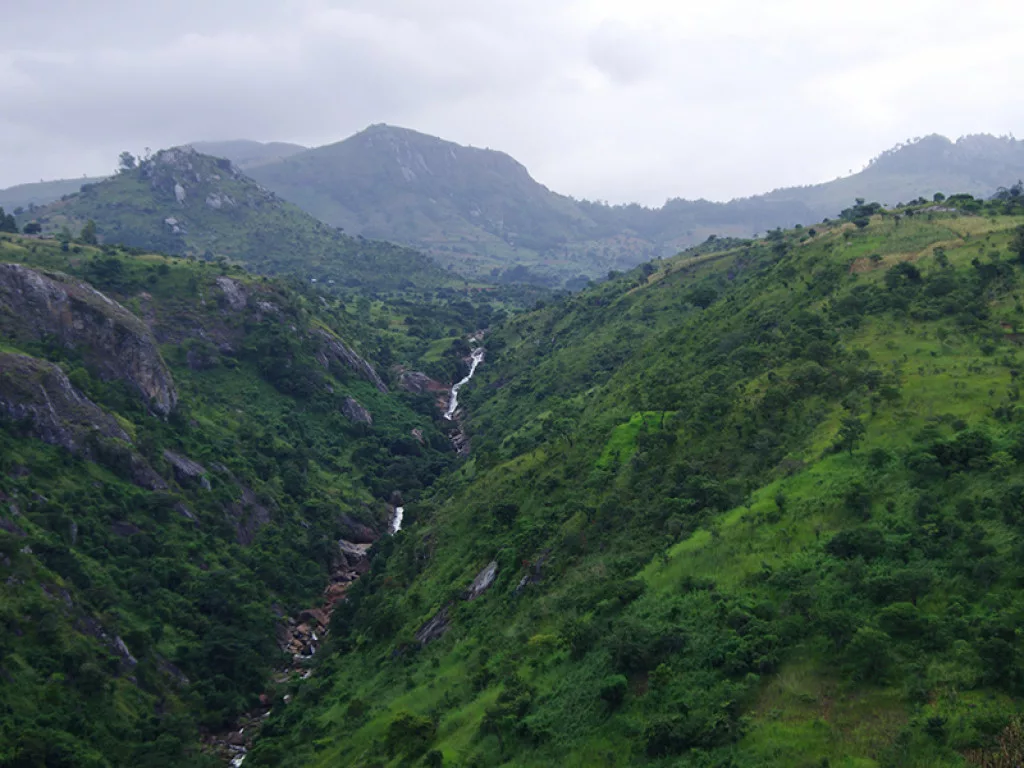
Thyolo
Southern Malawi hosts the fertile region of Thyolo, an area dominated by verdant swathes of tea plantations. A walker’s paradise, many plantations and hiking trails are to be found along the foothills of Malawi’s highest peak – Mount Mulanje. Take a stroll through some of the country’s oldest plantations, like the Satemwa Tea Estate, and savour a taste of local produce from Africa’s second-largest tea producer.
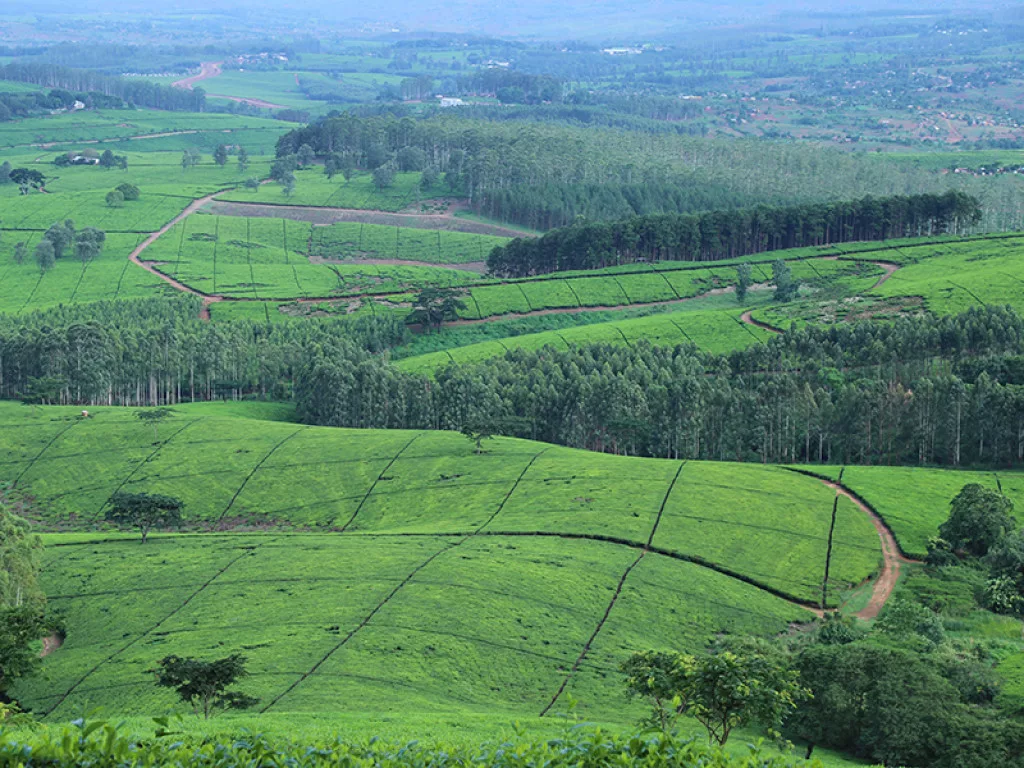
GETTING THERE AND AROUND
As a landlocked country, travel throughout Malawi is mostly by road, with the exception of boats traversing the breadth of Lake Malawi. A trip on the traditional MV Ilala ferry is a recommended way to explore its scenic shores, with boats leaving once every week. Boat transfers here will also escort you to resorts on the lake’s islands, such as Likoma. Many will choose to take a light charter aircraft straight to the lake after arriving in the country. If doing so, it is worth bearing in mind that luggage restrictions on such flights are capped at a strict 12 kg per person.
With relatively short journey times between places of interest, and roads that are generally in good condition, Malawi is recommended as a self-drive destination – just keep an eye out for people, animals, and the occasional pothole! If visiting a National Park, it is recommended to either hire a driver, or rent an appropriate 4×4 vehicle.
Most tourists will arrive at the country’s two main airports in either Blantyre or Lilongwe, with the country’s primary airport, Kamuzu International (LLW) located 24 kilometres from the capital. For travelling through Lilongwe itself, this is typically done by taxi. Internal flights link most of the country’s main towns, alongside a bus service that connects most major centres.
